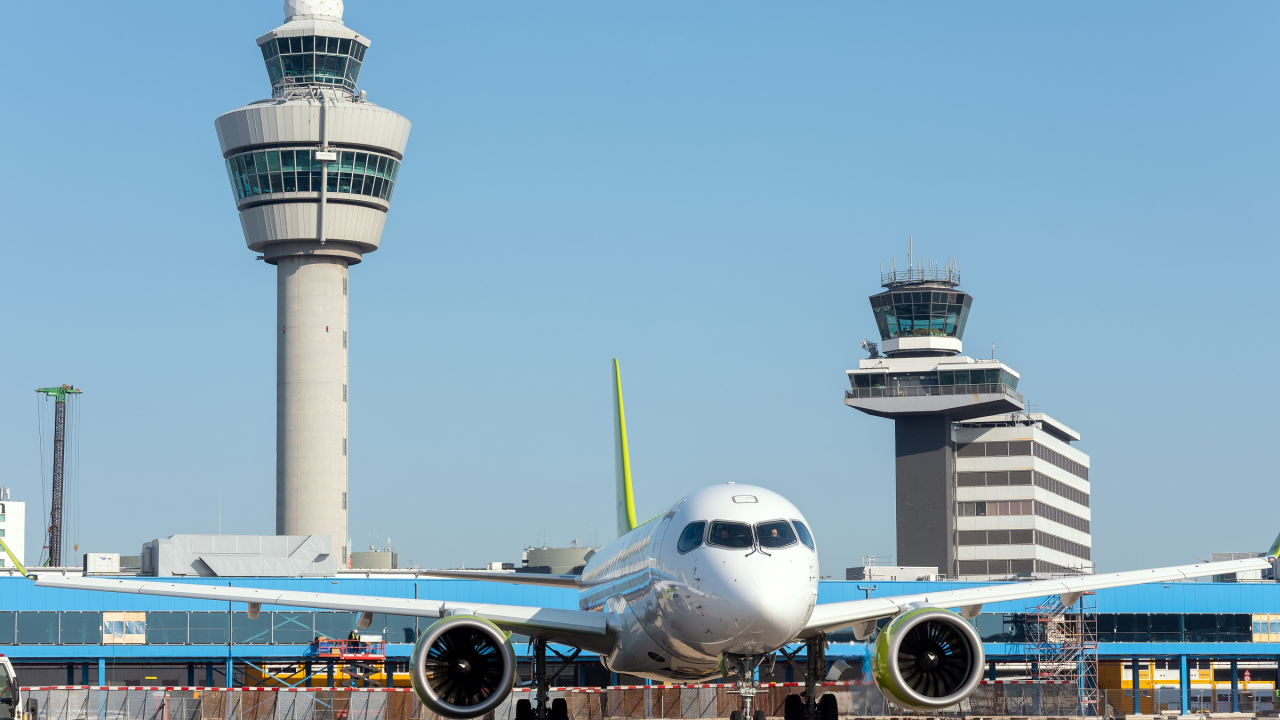Strong Summer Ahead for European Regional Airports, Says ACI Europe
Kevin Rozario
May 3, 2023

Amsterdam Schiphol Airport.
© Roger Cremers/Royal Schiphol Group
Delegates at the annual gathering of stakeholders in Europe’s regional airports at the end of April were given some good news from airports association ACI Europe for the approaching summer season.
According to the latest industry analysis, the regional market segment “is outperforming but there remain disparities in the pace and strength of recovery and continued financial challenges.
At the 14th annual ACI Europe Regional Airports Conference and Exhibition, hosted by Fraport Greece (which runs 14 regional airports across the Greek mainland and islands) attendees were told that regional airports have been outperforming other segments of the market since the beginning of the year. Fraport Greece also saw strong growth from its estate last year.
Regional airports have recovered almost 93% of their pre-pandemic (2019) passenger volumes compared to 87% for hubs and other larger airports. This reflects traffic dynamics still driven by leisure and VFR (visiting friends and relatives) demand, boosted by the expansion of ultra-low-cost carriers and predominantly relying on the intra-European, North African, and transatlantic markets.
Demand is Defying Inflation
ACI Europe’s director general Olivier Jankovec commented: “The summer season looks very positive for regional airports overall as they are seeing airline seat capacity just above pre-pandemic levels, which is not yet the case for larger airports. Passenger demand keeps defying inflationary pressures, in particular record increases in airfares.
“At the same time, disruption risks across the aviation ecosystem have receded. This is the result of earlier planning, massive recruitment, and improved wages—although air traffic management (ATM) capacity and social unrest remain a significant concern in some countries.”
But Jankovec cautioned that it wasn’t all blue skies. “The traffic recovery has come with more volatility and also more disparity. This is largely down to increased pan-European airport competition as the market is shifting towards fewer and ever more powerful airlines, with low-cost carriers now very much dictating the fate of regional airports.”
Financial Viability Still a Challenge
Achieving financial stability remains a challenge for smaller regional gateways due to a number of structural issues including traffic seasonality and demand imbalance across the year. These airports also suffer from higher fixed costs and the lack of economies of scale achieved by larger airports.
The massive losses accumulated during the pandemic, coupled with the renewed airline buying power, has resulted in what ACI Europe calls “sub-optimal revenues from user charges”. The groups added: “(This) means prospects for improved financial viability are murky—especially for airports with less than one million passengers per year.
Jankovec said: “User charges levied by regional airports have been consistently decreasing over the past three years and today, in real inflation-adjusted terms, they are 13.4% lower than in 2019. Meanwhile, airline fares have increased by 26% so far this year. This is not sustainable moving forward, especially given how the current inflationary environment and interest rate rises are weighing on our costs.
“What is at stake is the ability of airports to keep investing in sustainability, digitalisation, and capacity. And while we will need to keep the flexibilities afforded by current EU State aid rules, we also need airlines to pay a fairer price for the use of our facilities.”
